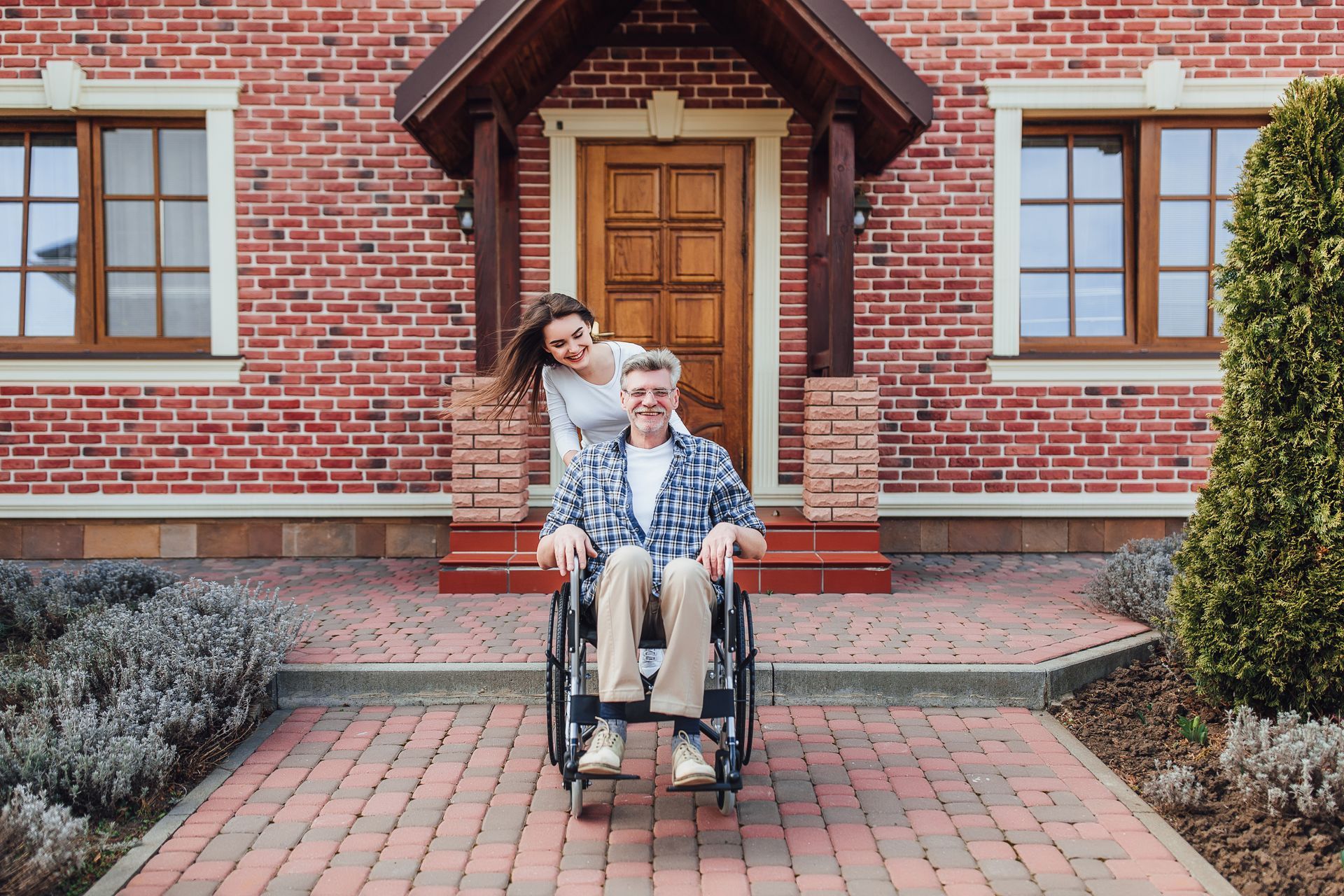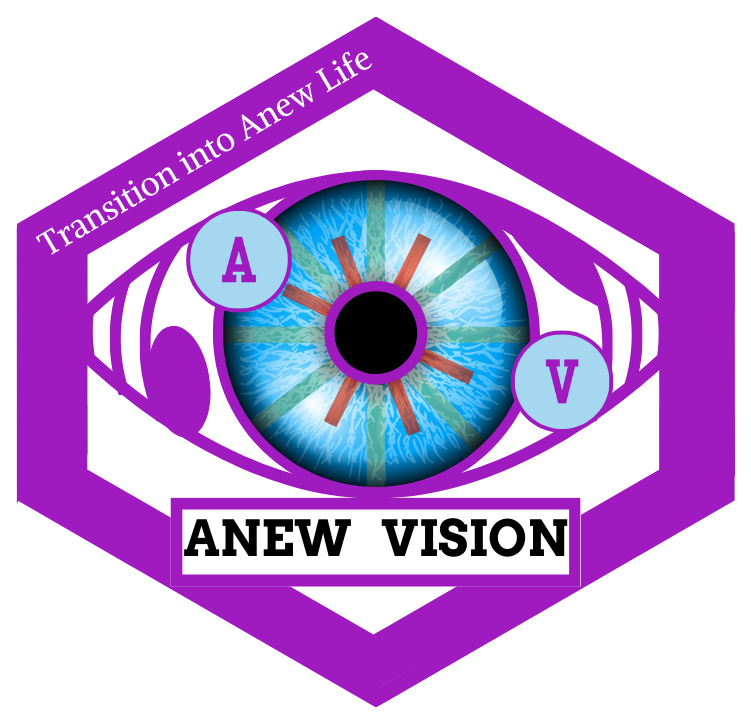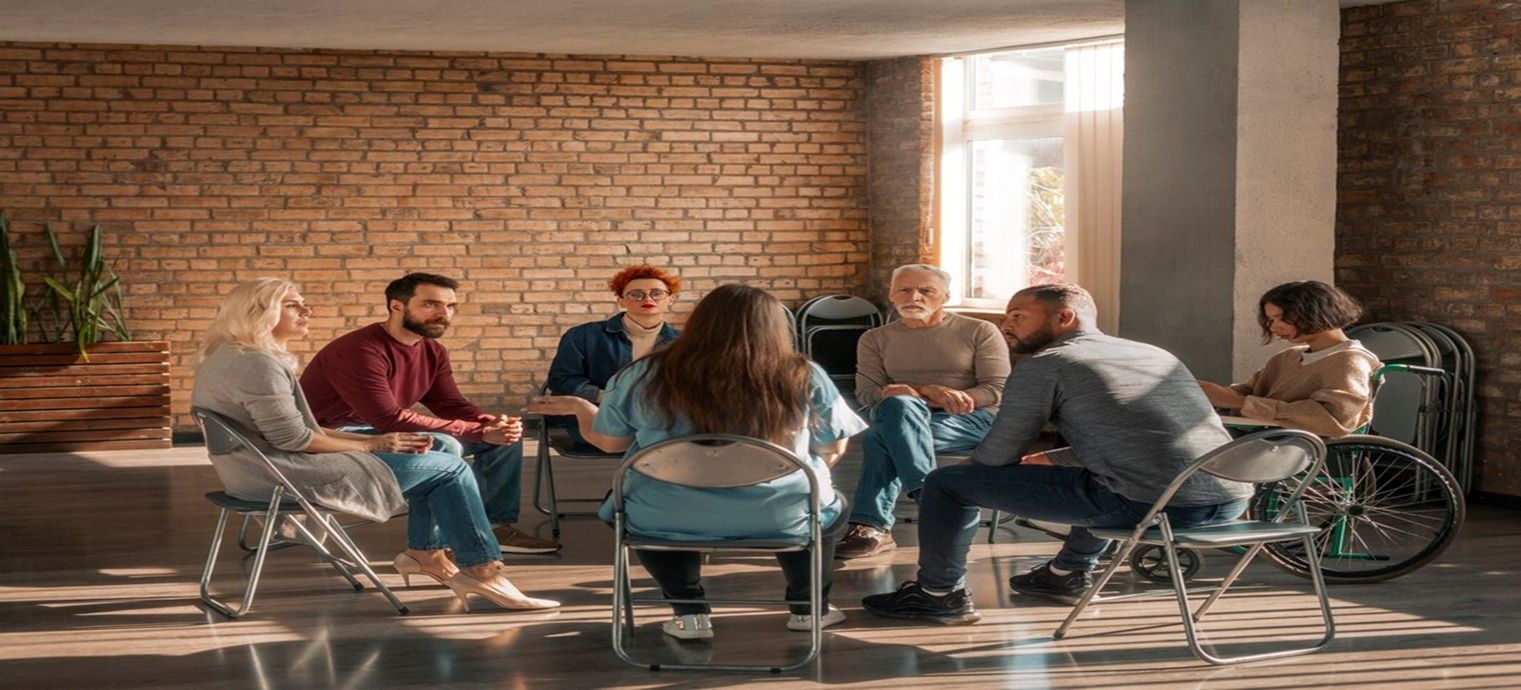Halfway Houses & Sobriety | Find Recovery Support Today
The Role of Halfway Houses in Sustaining Long-Term Sobriety
Recovering from addiction is not a single event but a lifelong process. For many individuals, completing detox or inpatient treatment is only the first step. What follows is the equally challenging transition back into daily life—a stage where the risk of relapse can be high without proper support systems. This is where the role of halfway houses in recovery becomes crucial. These residential environments provide structure, accountability, and community support, helping individuals sustain long-term sobriety while reintegrating into society.
In this article, we’ll explore how halfway houses work, their benefits, and why they are an essential bridge between treatment and independent living.
Understanding Halfway Houses
A halfway house is a transitional living environment designed for individuals recovering from substance use disorders. Unlike inpatient rehab facilities, halfway houses allow more independence while still offering structured living and access to supportive resources.
Residents typically agree to follow house rules, attend meetings, maintain employment, and participate in programs that reinforce sobriety support. By balancing freedom with accountability, halfway houses create an environment where residents can practice real-world coping skills without the immediate risks that come with full independence.
The Importance of Structured Living
One of the core features of halfway houses is structured living. Structure provides stability, helping residents replace the unpredictability of addiction with healthy routines.
Daily schedules often include chores, group meetings, work or school attendance, and relapse prevention activities. This structure reduces idle time—often a trigger for substance use—and encourages personal responsibility. Over time, residents learn to balance responsibilities, build healthier habits, and strengthen their commitment to sobriety.
Building a Recovery Community
Another vital aspect of halfway houses is the opportunity to become part of a recovery community. Sharing a home with others who are facing similar challenges fosters a sense of belonging and mutual accountability.
Group support within halfway houses often mirrors what is found in peer-based programs like Alcoholic Anonymous Fort Worth, where fellowship plays a significant role in maintaining sobriety. This environment encourages residents to share struggles, celebrate progress, and learn from one another’s experiences.
Such connections often extend beyond the halfway house itself, forming lifelong networks of support that sustain recovery well into the future.
Sobriety Support Through Accountability
Living in a halfway house involves accountability measures that reinforce sobriety support. Residents may be subject to regular drug and alcohol testing, curfews, and mandatory participation in counseling or group sessions.
While these rules may seem restrictive, they are essential safeguards. They not only reduce the likelihood of relapse but also give residents a chance to develop resilience in a controlled environment. By learning to make responsible choices under guidance, individuals build confidence for independent living.
Reintegration Into Society
One of the biggest challenges in recovery is reintegration—transitioning back into society after treatment. Many individuals face difficulties securing employment, reconnecting with family, or managing responsibilities they may have neglected during active addiction.
Halfway houses address these challenges by offering vocational support, life skills training, and connections to local resources. For example, Fort Worth halfway houses often collaborate with job placement programs, community colleges, and support groups, giving residents opportunities to rebuild their lives with purpose.
This gradual reintegration helps individuals avoid the overwhelm that often triggers relapse, giving them a better chance of maintaining sobriety long term.
Emotional and Clinical Support
While halfway houses emphasize independence, many also provide or connect residents to professional services like therapy and counseling. Individual counselling Fort Worth professionals may work with residents to address mental health challenges, trauma, or co-occurring disorders.
This access to therapy complements peer support, ensuring that both emotional and psychological needs are met. By addressing underlying issues, residents develop healthier coping mechanisms and reduce the risk of relapse.
Relapse Prevention Activities
Relapse prevention is a cornerstone of halfway house programs. Activities may include workshops on stress management, relapse triggers, and healthy lifestyle habits such as exercise, nutrition, and mindfulness.
Residents may also participate in group sessions focused on accountability and coping skills. These relapse prevention activities equip individuals with tools to handle challenges in recovery, empowering them to maintain sobriety even after leaving the halfway house.
Collaboration with Local Recovery Services
Halfway houses do not operate in isolation; they often collaborate with other community-based programs and services. In Fort Worth, for example, partnerships with drug rehab Fort Worth centers and transitional living services create a continuum of care that supports residents at every stage of recovery.
By combining the resources of professional treatment providers with the supportive environment of a halfway house, individuals gain access to a holistic recovery system designed to sustain sobriety over time.
Why Fort Worth Halfway Houses Matter
Fort Worth halfway houses play an especially important role in the local recovery ecosystem. The city is home to numerous counseling centers, outpatient programs, and peer support groups, creating a strong foundation for long-term recovery.
Residents benefit not only from structured living but also from a network of community organizations that promote healing and reintegration. For individuals seeking stability and direction after rehab, halfway houses in Fort Worth provide a vital steppingstone.
Long-Term Impact of Halfway Houses
The ultimate goal of halfway houses is not simply to prevent relapse during the residency period but to foster lifelong habits that support sobriety. Many alumni report that their time in a halfway house was transformative, teaching them responsibility, self-confidence, and the importance of accountability.
By providing a safe and supportive environment, halfway houses help individuals rebuild trust, repair relationships, and contribute positively to their communities. Over time, these outcomes contribute not only to personal recovery but also to healthier families and stronger communities.
Conclusion
The role of halfway houses in recovery is multifaceted and invaluable. They bridge the gap between intensive treatment and independent living, offering structured living, sobriety support, and opportunities for reintegration. Through accountability, relapse prevention activities, and connections to the wider recovery community, halfway houses empower individuals to sustain long-term sobriety.
For those in Fort Worth and beyond, these residences offer hope, stability, and a clear path toward rebuilding a fulfilling life. Whether through connections with counseling, peer support, or transitional living services, halfway houses remain a cornerstone of the recovery journey.
FAQs
1. What is the main purpose of a halfway house?
A halfway house provides a structured and supportive environment where individuals can transition from treatment to independent living while maintaining sobriety.
2. How long do people stay in a halfway house?
The length of stay varies, but most residents live in halfway houses for three to twelve months, depending on their progress and individual needs.
3. Do halfway houses in Fort Worth provide therapy services?
Many Fort Worth halfway houses partner with local counseling providers to offer therapy and individual support for residents as part of their recovery.
4. Are halfway houses only for people recovering from substance use?
While most halfway houses focus on addiction recovery, some also serve individuals reintegrating from incarceration or managing mental health challenges.
5. How do halfway houses help prevent relapse?
Halfway houses implement accountability measures, relapse prevention activities, and strong community support systems that reduce triggers and reinforce healthy habits.









